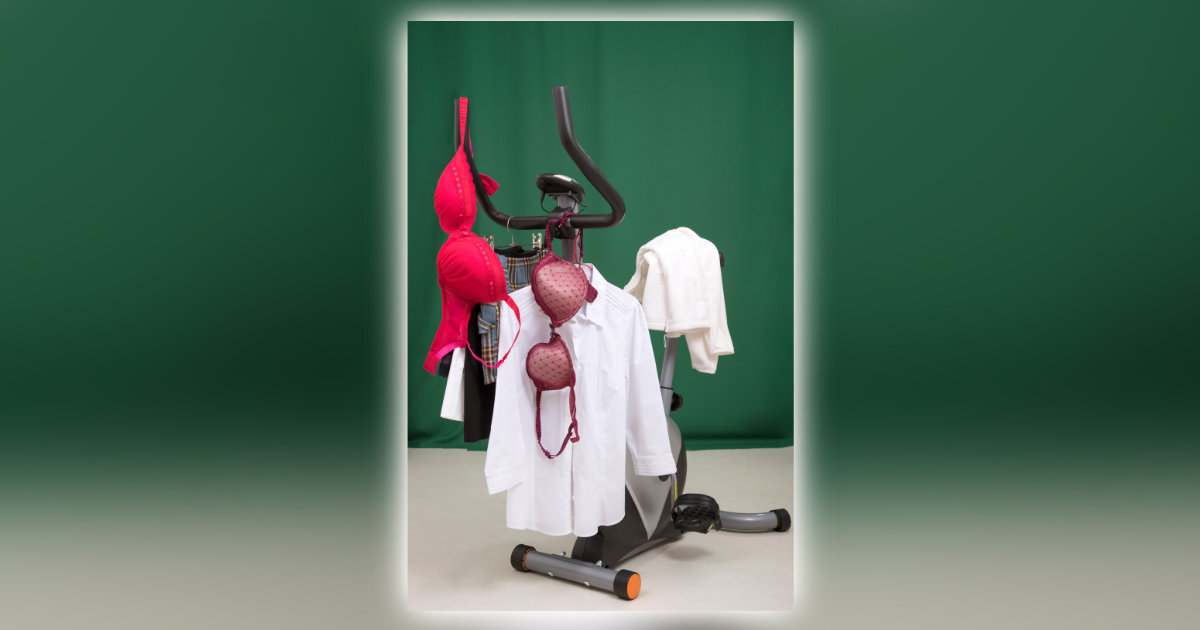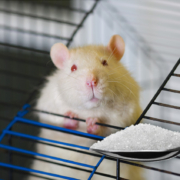How VILPA Can Reduce Cancer Risk
We’re going to switch from mortality to morbidity: in this case, the objective is to reduce the risk of getting one of thirteen types of cancer. This was interesting for all kinds of reasons, but mostly because researchers specifically looked at subjects who claimed they didn’t exercise regularly. The data were part of a sub-study of subjects that included wrist accelerometry data. The participants reported no leisure time exercise and one or fewer recreational walks per week; they used a seven-day trial of wearing the accelerometer before the study to be sure.
The purpose of the study was to test the relationship of unplanned vigorous activity to the diagnosis of cancers, especially those associated with the lack of physical activity such as breast and colon cancer. The researchers wanted to determine the dose of vigorous activity required to reduce the risk by 50% compared to maximal risk. They termed the activity Vigorous Intermittent Lifestyle Physical Activity or VILPA for short.
What would count as VILPA? Walking up several flights of stairs, running to catch a bus, or fast walking through an airport to catch a flight. Even roughhousing with the kids might qualify.
Study Results
There were 22,398 participants with a mean age of 62. Over the six-plus years of follow-up, there were 2,356 new cancer events with 1,084 diagnosed physical-activity-related cancers.
They analyzed the data to find out how much VILPA per day was beneficial. One-minute bouts and two-minute bouts revealed the same dose-response curve. The more one- to two-minute bouts of VILPA, totaling at least 4.5 minutes per day, the lower the risk of developing cancer, especially a physical-activity-related cancer.
Less May Be More
We’ve looked at the amount of weight training that helps reduce blood pressure, the minimal number of steps needed to reduce mortality from CVD, and now, how to reduce the risk of some cancers by intense burst of exercise. There seems to be no doubt that some exercise, even in one-minute intervals, can be beneficial.
The Bottom Line
Nowhere in these research papers did they suggest that this was the way to train athletes—they all wanted to find the minimum to show how it could be beneficial. Even if you have little time to exercise, you can probably fit in a few one- or two-minute sessions; you could wait until it’s put into an organized program, or you could just do it right now. As long as your doctor says you can exercise, take the clothes off the exercise bike, jump on, and pedal as fast as you can for a minute. Do that a few times a day. There’s your VILPA workout.
If your only goal is to reduce the risk of disease, this is the way to begin. Based on the most recent research, you might find you like the way you feel and begin to do a little more. Who knows? But you must begin somewhere, and it all depends on one question:
What are you prepared to do today?
Dr. Chet
Reference: JAMA Oncol. doi:10.1001/jamaoncol.2023.1830









